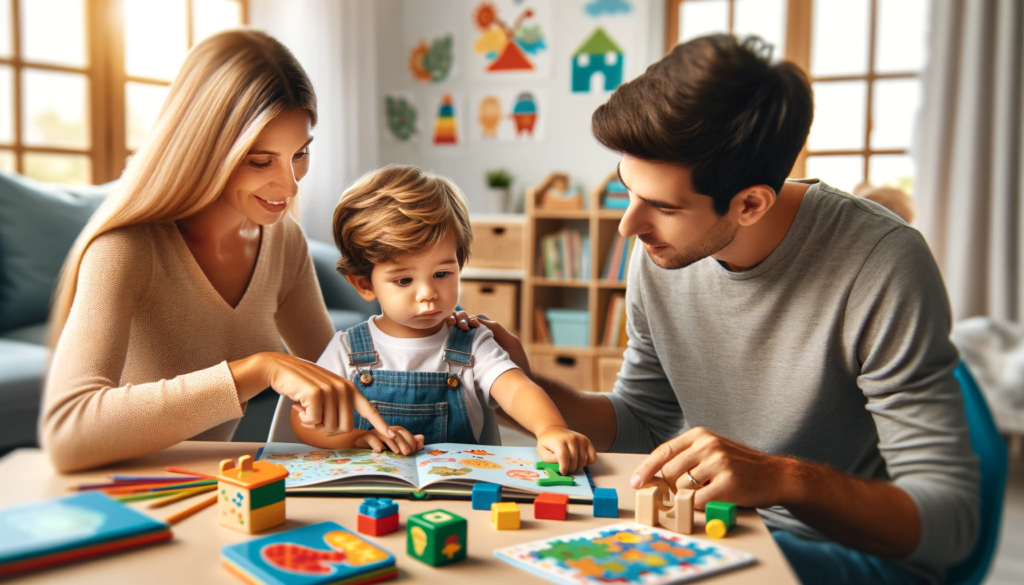What exactly do I mean when I say ‘critical thinking’? In the vast digital landscape of the Information Age, this question is more relevant than ever. Let’s turn to a significant guide, “Developing Higher Order Thinking in the Content Areas K-12,” by Frances O’Tuel and Ruth Bullard, to unravel this.
- Thinking Skills: These processes are our tools for structuring and interacting with our environment. In essence, they’re the backbone of knowledge acquisition.
- Higher-Order Thinking: Central to life-long learning, this deals with intricate processes like analysis, synthesis, and evaluation.
- Critical Thinking: Often interchanged with higher-order thinking, it’s about deriving conclusions based on certain standards, like critical reading and in-depth analysis.
Beneath the wide spectrum of ‘thinking skills’, we recognize specific processes: knowledge acquisition, comprehension, application, analysis, synthesis, and evaluation. Notably, the “higher” thinking skills — analysis, synthesis, and evaluation — are vital in the Information Age.
Critical thinking is all about employing these skills, especially higher-order ones, to assimilate and critique information. It enables us to form informed judgements and make decisions in this information-saturated era.
While these skills aren’t innate, the good news is they can be nurtured and enhanced. Join me on this blog as we explore the journey of teaching our children critical thinking in today’s digital world, ensuring a brighter future for the next generation.
Note: You can purchase your own copy of Developing Higher Order Thinking by clicking this link.


